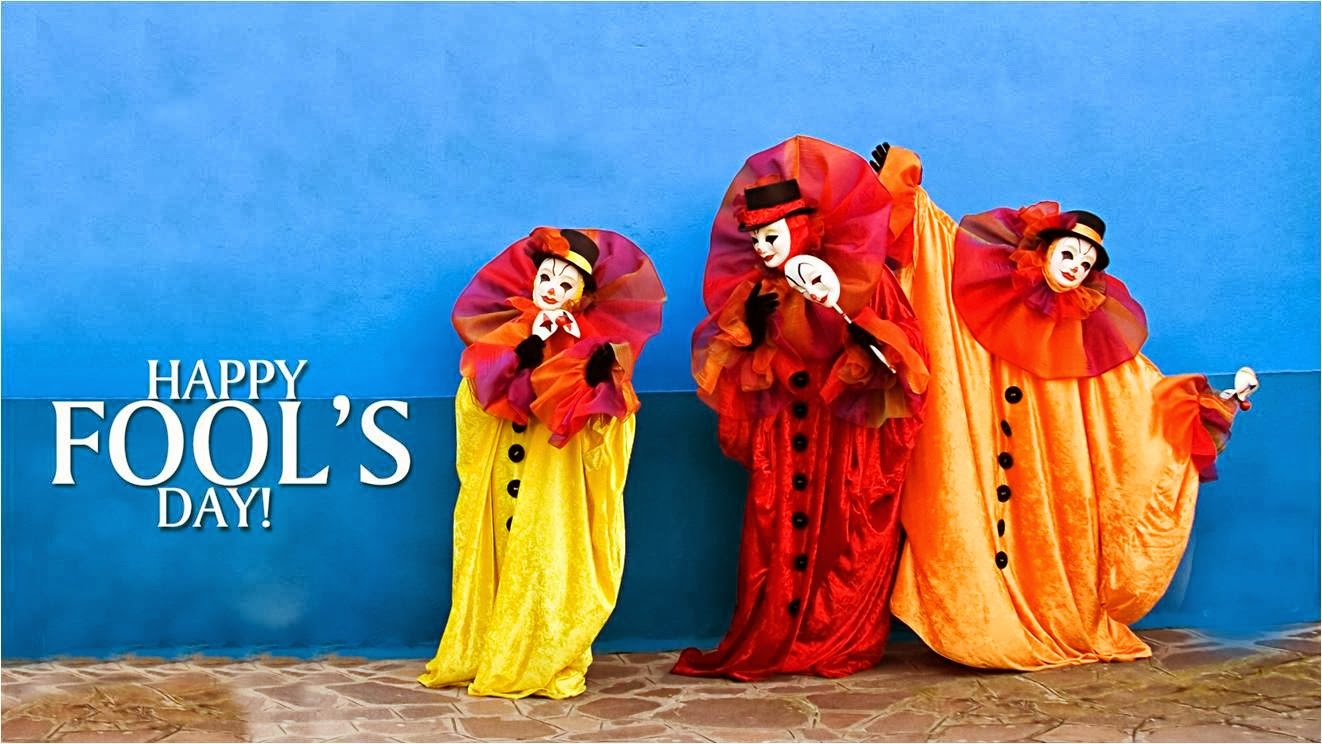“April plait, interlaced …” – all kids know this rhyme. It is a month of special whims and bad weather, which especially then likes to play tricks on us. Who knows, maybe it was from this phenomenon that the April Fool’s Day celebration came? Why did people decide to take a break from everyday life to give free rein to their emotions and fantasies – and all this in order to play with others and bring a little smile and fun? How is April Fool’s Day celebrated in the world? Check it out for yourself!
The unclear story of April Fool’s Day
The meaning and customs of this special day certainly do not need to be explained to anyone. April Fool’s Day is a time when behaviors that we would normally not have allowed are allowed. Without any consequences, we can lie, make faces, make fun of others – of course, all within the limits of good taste and freedom of the other. The madness of the day even led to the fact that the media inform us about false events, sending the so-called journalistic ducks. All in all, sometimes you may wonder if they have April Fool’s Day all year round 🙂 But where did all this come from?
The origin of this holiday is not entirely clear, and the name itself is not original, because in Latin it means “the first of April” (correctly it should be “prima dies aprilis”). We know for certain that it spread in the Middle Ages and was associated with the customary holidays of the Roman Empire . According to one theory – the Cerealia ceremony, during which the goddess Cerera ( Ceres ) was asked for prosperity and fertile crops. There were also great games at that time. According to one legend, when she was looking for her kidnapped daughter, she was taken to the field. The Greeks tie the story of the day to the myth of Demeter and Persephone. Persephone was to be kidnapped to Hades in early April. Mother Demeter, searching for her, was echoed by her daughter’s voice, but the echo deceived her.
It also seems likely that this custom originates from another Roman festival of Veneralia , which was often combined with the festival of Fortunes of Virilis and Cerialia , celebrated April 1. On this day jokes, jokes and jokes were allowed. The quirks put on comic performances, men changed into women’s stilts (covers), put on wigs, danced in the streets, which would not have happened to them on other days.
The entire historical turmoil associated with April Fools’ Day is closely related to the calendar and date of the New Year’s celebration . In different regions of Europe, it was celebrated another day throughout history.
In France, the New Year began in Beauvais on December 25 (Christmas), in Reims, Normandy, Poitou, central and eastern France – on March 25, and in Paris on Easter Sunday. In the VII century it was March 1, in later centuries April 1, which depended on the floating date of Easter. He was celebrated in a very similar way as today – with parties and dances. March 25 also welcomed the new year in England (in the years 1155-1752), i.e. on the feast of the Annunciation of the Blessed Virgin Mary, as suggested by Dionysius the Little in the sixth century, who calculated the exact date of Christ’s birth. Even after the reform of the calendar by Pope Gregory XIII, some gave New Year’s gifts on April 1, because this good news had not yet reached them. All the rest of them made quite a lot of fun and called them “April fools”.
April Fool’s Day in the world
This is probably where the name came from in English-speaking countries, where April 1 is called the “Fool’s Day” ( April Fools ‘Day or All Fools’ Day >). In the UK, Australia and South Africa, mutual joking cheating is only practiced until midday (in some regions of our country also).
In countries where Germanic languages are in force, this day is simply called April 1, and the joke made on that day is Aprilscherz or Aprilskämt , as it is referred to in Switzerland. In France, April Fool’s Day is referred to as “ April Fish Day ” and the pranks are called “ April Fish “, meaning Poisson d’avril . There is a custom according to which, when you manage to fool someone, a card with a drawn fish is attached to his back. The custom is also known in Italy, where it is referred to as Pesce d’aprile .
Across the world, Prima Apriliś takes many names in Scotland and is known as “ fool hunting ” ( Hunt the gowk Day ), in Lithuania “< strong> Liar’s Day “( Melagio diena ), in Portugal” Lying Day “( Dia da mentira ), and in Russia “ Laughter Day ” ( Dien laughter ). However, they all have common assumptions – fun, laughter, jokes, harmless lies! Let’s go crazy today – but all within respect and reason 🙂


Leave a Reply